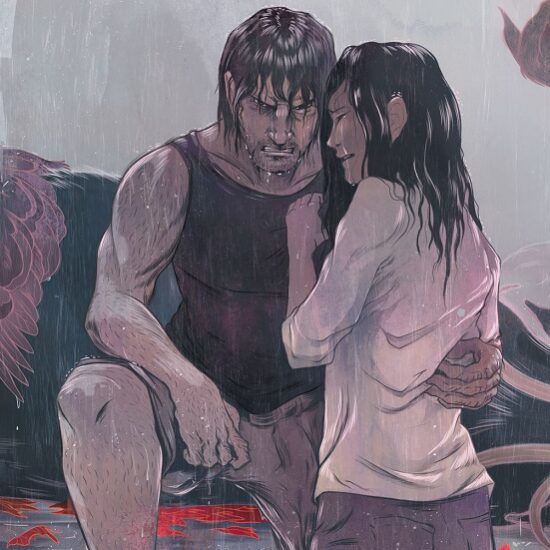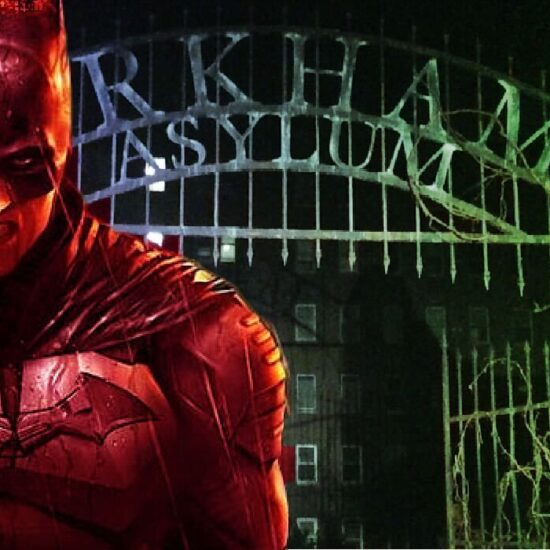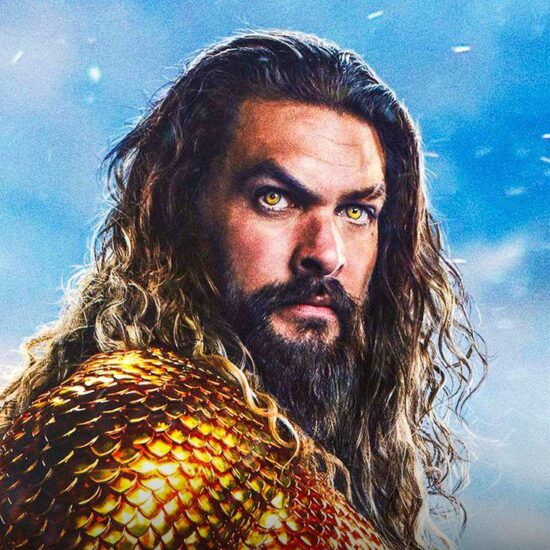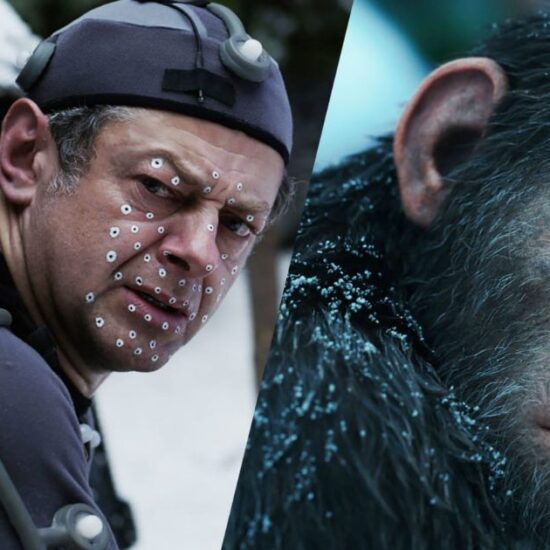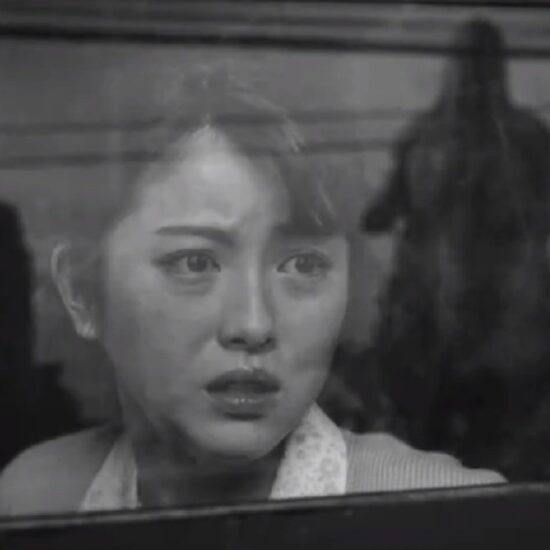
Summary
- The action figures from Batman & Robin by McFarlane Toys represent a re-evaluation of past works through modern lenses, showing the enduring allure of these characters.
- The film’s stars, like Uma Thurman, have fondly reflected on their experience working with the elaborate rubber suits that became a hallmark of the film’s aesthetic.
- The resurgence of Batman & Robin through these action figures is a testament to the enduring fascination with superheroes and the evolving appreciation for the film’s distinctive niche in the superhero genre.
The 1997 feature Batman & Robin stands as a peculiar milestone. Despite being critically panned upon release, its cultural footprint has experienced a surprising resurgence. This revival has manifested in an unexpected form: a series of action figures by McFarlane Toys, that immortalizes the film’s unique take on the iconic DC characters.
McFarlane Toys‘ recent unveiling of the DC Multiverse figures from Batman & Robin underscores an intriguing trend: the re-evaluation of past works through modern lenses, especially in merchandising. The lineup includes the titular characters of Batman and Robin, along with Batgirl and Poison Ivy, each accompanied by collectible items like art cards and display bases. The standout piece is undoubtedly the Mr. Freeze figure, brought to life by Arnold Schwarzenegger in the film, which can be assembled from parts included with the other figures.
The enduring allure of these characters is also highlighted by the inclusion of George Clooney‘s portrayal of Batman in the DC Multiverse WB100 Batman The Ultimate Movie Collection set, which pays homage to the various actors who have donned the cape and cowl over the years, from Michael Keaton to Robert Pattinson.
The film’s stars have reflected on their experience with a sense of fondness, as evidenced by Uma Thurman’s recent recollections. Thurman, who portrayed Poison Ivy, reminisced about the joys and challenges of working with the elaborate rubber suits that became a hallmark of the film’s aesthetic. The suits themselves, and particularly the infamous “Bat-nipples,” have sparked discussions and debates over the years. Jose Fernandez, the costume designer for Batman Forever, discussed the concept’s origins, linking them to Roman armor and comic book anatomy, rather than any supposed fetishistic impulse.
Batman & Robin almost derailed the DC franchise, and indeed comic book movies as a whole, thanks to a number of criticisms. The design of the Batsuit, especially the controversial addition of the nipples, was championed by the late director Joel Schumacher, who sought to amplify these features in George Clooney’s suit for the movie. While initially a subtle element, Schumacher’s vision led to a more pronounced and stylized portrayal of the Batsuit, which has since been both mocked and celebrated for its boldness.
This embrace of the film’s idiosyncrasies speaks to a broader cultural phenomenon where yesterday’s flops can become today’s cult classics. The action figures serve not only as toys but also as artifacts, capturing a moment in cinematic history where the grandeur of superhero tales met with a campy, theatrical presentation. They are a testament to the film’s journey from critical infamy to a distinctive niche in the superhero genre.
The resurgence of Batman & Robin through these figures is a testament to the enduring fascination with the world of superheroes. It’s a reminder that the resonance of a film can evolve over time, finding appreciation in the most unexpected of ways. The figures have secured a singular status in the superhero saga, akin to the film, representing a memorable epoch in screen history and the characters’ unending appeal.
Batman & Robin and its recent tribute through McFarlane Toys encapsulate the evergreen nature of comic book adaptations. They highlight an industry and audience willing to revisit and recontextualize the past, not with disdain but with a newfound sense of value.










